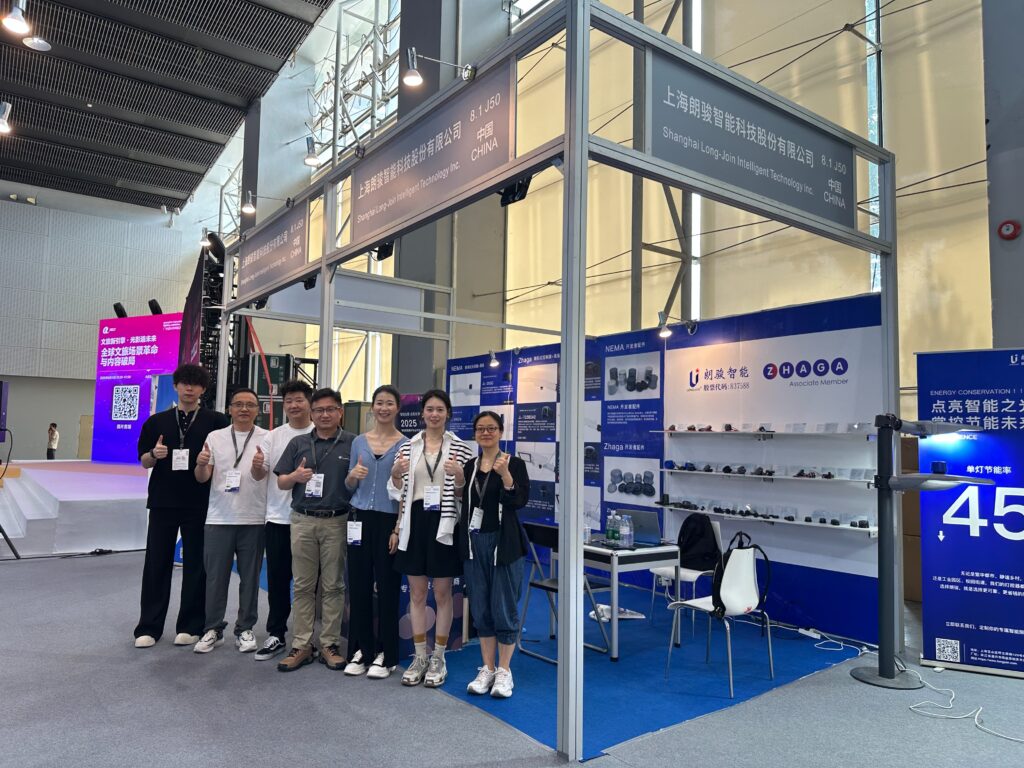The wired/bimetal photoelectric controller is a commonly used light control device mainly used to automatically control the switching state of the circuit based on the intensity of ambient light. Its basic principles and usage are as follows:

- Working Principle:
- Bimetal strip: The photoelectric controller internally contains a bimetal strip. This bimetal strip is composed of two metals with different thermal expansion coefficients. When heated, the expansion rates of the two metals are different, causing the bimetal strip to bend.
- Light-sensitive element: It is usually a photoresistor or photodiode, and its resistance value changes with the intensity of light. When the ambient light is strong, the resistance value of the light-sensitive element is low; when the ambient light is weak, the resistance value is high.
- Circuit control: When the ambient light is weak, the resistance value of the light-sensitive element is high, and the heat generated by the current passing through the bimetal strip is relatively low. The bimetal strip remains unchanged, keeping the circuit closed. When the ambient light is strong, the resistance value of the light-sensitive element is low, and the current increases. The bimetal strip bends due to the heat, causing the circuit to disconnect.

- Usage:
- Wired installation: This photoelectric controller usually has standard wiring terminals and can be easily connected to the circuit that needs to be light-controlled. Depending on specific requirements, it can be installed near the light source or in other suitable locations.
- Application scenarios: Widely used in street lights, garden lights, billboards, and other occasions that need automatic switching based on ambient light. By reasonably setting the threshold of the photoelectric controller, it can be achieved that when the ambient light is below a certain intensity, the lighting equipment is automatically turned on, and when the light reaches a certain intensity, it is automatically turned off. This helps save energy and extend the service life of the equipment.







